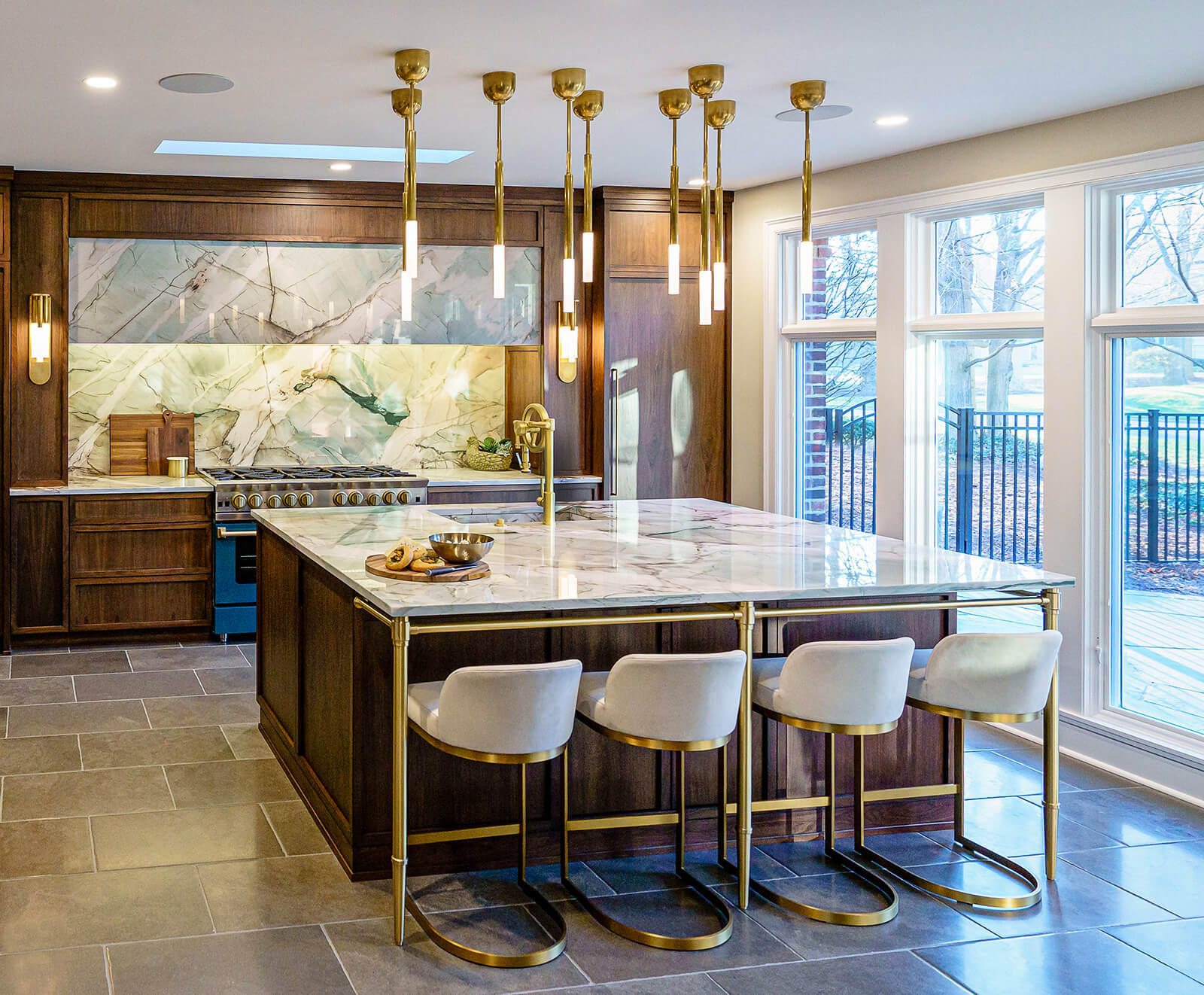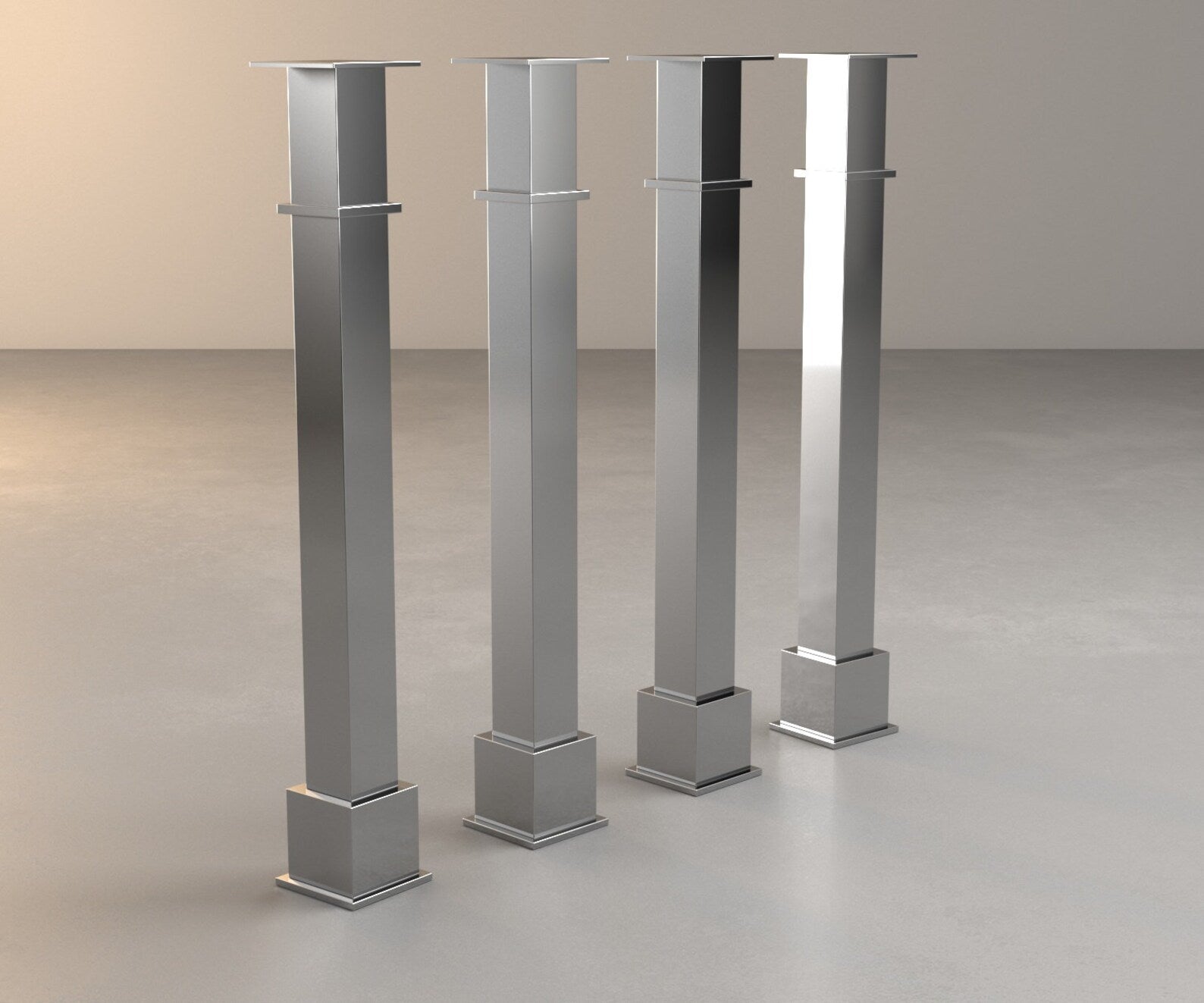Tailor Your Kitchen Look with Distinct Legs For Kitchen Island Alternatives
Tailor Your Kitchen Look with Distinct Legs For Kitchen Island Alternatives
Blog Article
Important Elements to Think About When Selecting Legs For Kitchen Island
Choosing the proper legs for a cooking area island involves a mindful evaluation of numerous aspects that can substantially affect both capability and visual allure. As we discover these elements, it ends up being clear that each choice can have far-reaching implications for the total kitchen area experience.
Material Options
When choosing legs for a kitchen island, comprehending the different material alternatives is crucial for achieving both visual charm and architectural integrity (Legs For Kitchen Island). The choice of material significantly influences not just the durability of the island however likewise its general design and performance
Wood is a prominent option, offering warmth and versatility. Strong woods, such as oak or maple, give stamina and can be tarnished or painted to match the cooking area style. Steel legs, commonly made from stainless-steel or wrought iron, add a modern and industrial feeling while making sure longevity and stability. These products are resistant to put on and can sustain substantial weight, making them optimal for bigger islands.
Another choice is engineered materials, like MDF or plywood, which can be much more cost-efficient while still providing a variety of surfaces. Nonetheless, they may not offer the very same level of stability as solid timber or metal. Lastly, materials such as acrylic or glass can produce a contemporary look, though they may call for added support to make certain stability.
Eventually, the choice of product for kitchen area island legs ought to line up with the wanted performance and the overall motif of the cooking area.
Design And Style

When thinking about style, the shape and finish of the legs are crucial. Conical legs can give a sense of lightness and beauty, while thicker, much more robust legs can communicate toughness and stability. Furthermore, the coating-- be it painted, stained, or all-natural-- must complement the cabinets and counter top materials to produce a unified appearance.
In addition, the layout of the legs can additionally mirror individual taste. Custom or decorative legs, such as those featuring complex makings or special geometric shapes, can act as focal points, including personality and personality to the kitchen. Eventually, the ideal selection will not only boost functionality however likewise elevate the aesthetic appeal, making the kitchen area island a standout attribute of the home.
Height Factors To Consider
Selecting the ideal elevation for kitchen area island legs is essential, as it directly affects both capability and convenience. The typical height for a kitchen area island typically varies from 36 to 42 inches, aligning with usual counter top elevations. A 36-inch height is optimal for food prep work and cooking, enabling comfortable use cooking area appliances and tools. On the other hand, a height of 42 inches is frequently liked for islands planned for bar seating, accommodating taller stools and providing a laid-back dining experience.

It is additionally vital to represent individuals' choices and heights. Personalizing the elevation can guarantee a comfy experience for all member of the family, making the kitchen island a more practical and pleasurable room.
Weight Assistance
Making certain adequate weight assistance for kitchen island legs is vital for both safety and performance. The cooking area island often serves multiple purposes, consisting find of food prep work, eating, and added storage space, requiring a robust support framework. When picking legs, it is crucial to consider the overall weight capability needed based on the island's intended use and the products that will be positioned on it.
The selection of material for the legs plays a considerable role in their weight-bearing capabilities. Solid wood, metal, and sturdy composites generally give premium stamina contrasted to lighter products. Furthermore, the style of the legs-- whether they are directly, tapered, or have a pedestal type-- can affect their ability to disperse weight efficiently across the structure.
Moreover, the leg you can look here positioning ought to be strategically planned to improve security. Legs placed at the corners or with a bigger base can much better sustain much heavier lots. Always seek advice from the manufacturer's specs relating to lots restrictions to ensure that the legs can maintain the designated weight without jeopardizing security. In recap, choosing kitchen area island legs with adequate weight assistance is essential for creating a safe and functional culinary area.
Installation and Upkeep
Correct installment and maintenance of kitchen area island legs are crucial for ensuring longevity and stability. This frequently involves protecting the legs to the island base using suitable bolts, making certain that the legs are degree and lined read more up.
Once mounted, normal maintenance is required to protect the honesty and look of the legs - Legs For Kitchen Island. For wooden legs, routine cleaning with a damp cloth and application of suitable timber polish can prevent dampness damage and keep their coating. Steel legs may need a gentle cleansing service to remove grease and grime, adhered to by a dry cloth to avoid corrosion development
In addition, examine the legs frequently for indications of wear or damage, such as fractures or loosened joints. Tightening up screws or bolts as required can also lengthen the life expectancy of the legs. By adhering to these installment and maintenance practices, home owners can ensure that their cooking area island continues to be sturdy and aesthetically appealing for many years to come.
Final Thought

Visual coherence is paramount in choosing the design and style of legs for a cooking area island, as these components substantially influence the general atmosphere of the space. Tapered legs can give a feeling of lightness and elegance, while thicker, extra robust legs can share stamina and security.Selecting the appropriate elevation for kitchen area island legs is crucial, as it directly impacts both performance and convenience. In recap, choosing kitchen area island legs with adequate weight assistance is essential for developing a useful and safe culinary room.
In final thought, choosing legs for a kitchen area island requires mindful consideration of various elements, including product alternatives, style, height, weight support, and installation.
Report this page